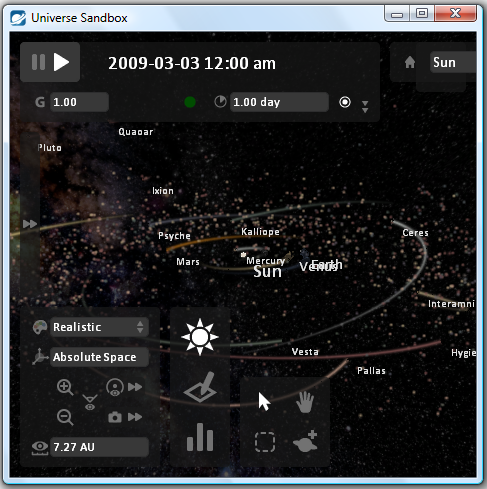At long last, my little pet project is alive on the web. The Night Sky Notebook is a website which implements a whole range of astronomical calculations, much like Urania, my desktop version, but fully implemented in Javascript.
When I first had the idea of putting up astronomical calculations on the internet, it was simply going to be a convertion to JavaScript from the C# code that I have written about extensively on this blog. Afterwards, however, I decided to rewrite the entire library from scratch to improve the quality of the code, as well as the accuracy of the calculations, basing the new code largely on the algorithms specified in the book Astronomical Algorithms by Jan Meeus.
In addition to the pages containing pure calculations, the site also has a number of pages making use of HTML5 canvas features to render animations for things such as the Moon phase, planetary positions and Jupiter’s moons. This means, of course, that the site works best on newer browsers that support HTML5, such as Internet Explorer 9+, Firefox 5+ and Chrome.
The source code for the library is open-source and is released under the MIT license, and is available for download from here.
I hope that you have as much fun using the new site and astronomical library as I have had in writing it.
